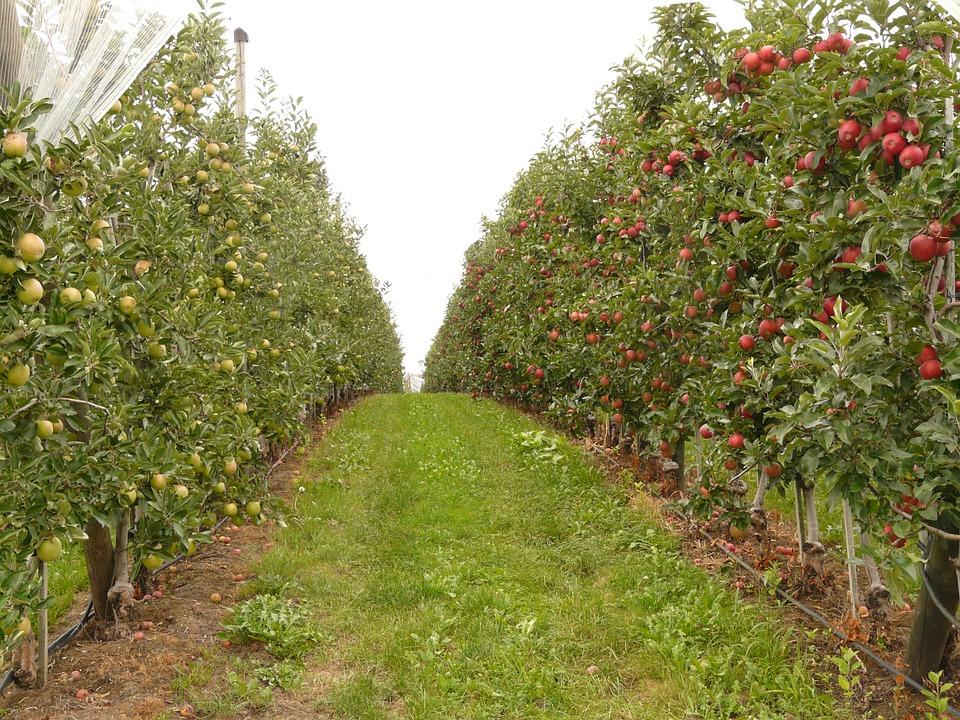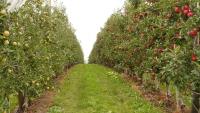You are here
Back to topChinese Export Orchards Overview

China is currently the world’s largest producer of fruit, with an annual output of more than 260 million tons. Meanwhile, statistics from 2015 show that the annual fruit export is only 2.8 million tons. The main export varieties are apples, oranges, and pears, of which apples accounted for 29.8%, citrus accounted for 24.9%, and pears accounted for 13.4%. Fruit exports from China are regulated by the orchard registration system, and according to the “exit fruit inspection and quarantine supervision and management approach” requirements, all fruit for export must come from CIQ-registered orchards.
In September 2016, the number of registered orchards was 2978. With the exception of Tibet and Qinghai, all other provinces in China have registered export orchards include Shandong (565), Shaanxi (431), Yunnan (369), Fujian (291), Liaoning (214), Gansu (202), Hebei (186), and Xinjiang (183), all of which are traditional fruit-producing and exporting provinces. Shandong, Shaanxi, Liaoning, Gansu, and Xinjiang are the main export regions for apples, while Shandong, Liaoning, Hebei, and Xinjiang are the main producing areas for pears. Fujian is responsible for half of all citrus exports, while Yunnan is the largest exporter of Chinese grapes.
Of the registered orchards, more than one-third are apple orchards (1180). In the second to fourth places are pear orchards (533), citrus orchards (471), and grape orchards (168). The annual growth rate of grape orchards over recent years has been over 20%, which coincides with the recent trend for increasing grape exports.
In addition to the conventional registration requirements for export orchards, certain countries have signed bilateral plant quarantine agreements with China and these orchards also require separate registration. For example, The fruits exported to Canada and Australia must come from orchards officially recognized by Canada and Australia Currently, there are 46 apple orchards and 84 pear orchards that have permission to export to Canada, alongside72 pear orchards, 26 apple orchards, 8 grape orchards, and 5 nectarine orchards with permission to export to Australia. In addition, Israel, Chile, Mexico, and Peru also have orchard registration requirements for apples, pears, and grapes from China.
In the past, Chinese fruits were often returned or destroyed due to inspection and quarantine problems, which affected the overall image of China’s agricultural exports. Because the first condition of the export fruit orchard registration is “contiguous cultivation, an area of 100 acres or more”, decentralized growers must qualify through associations or cooperatives. The export fruit orchard registration system is not only conducive to promoting high-quality fruit but also promotes the organization of production. Through the registration, decentralized orchards can achieve unified management, standardized production, and unified packaging and sales, which are all conducive to market and brand promotion.
AQSIQ’s official website will be updated regularly with the registration list of export orchards, which is accessible to the public and can be found on the following page: http://dzwjyjgs.aqsiq.gov.cn/fwdh_n/qymd/zwjcp/gnqymd/index_3367.htm.

















Add new comment